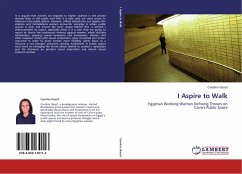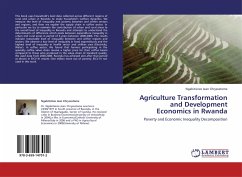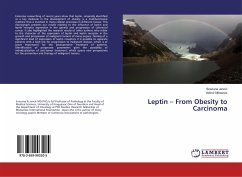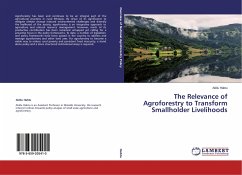This monograph describes the production of hydrocarbons from acetone and isopropanol produced by the MixAlco process. The MixAlco process has two types of products: acetone and isopropanol. The effect of the temperature, weight hourly space velocity (WHSV), type of catalyst, feed composition, and pressure are studied. For the isopropanol reaction, the following conditions were used: HZSM-5 (280), 1 atm, 300-410°C, and 0.5-11.5 h-1, respectively. The temperature and WHSV affect the average carbon number of the reaction products. A product similar to commercial gasoline was obtained at T = 320 °C and WHSV= 1.3 to 2.7 h-1. For the acetone reaction, the following conditions were used: HZSM-5 with silica alumina ratio (Si/Al) 80 and 280 mol silica/mol alumina, 1-7.8 atm, 305-415°C, 1.3-11.8 h-1, and hydrogen acetone ratio 0-1 mol H2 /mol acetone. The conversion on HZSM-5 (80) was higher than HZSM-5 (280). For acetone, the effect of high pressure and co-feeding hydrogen was also studied. The Appendixes contain the product distribution for all the experiments and concentration profiles of commercial gasolines.
Bitte wählen Sie Ihr Anliegen aus.
Rechnungen
Retourenschein anfordern
Bestellstatus
Storno








